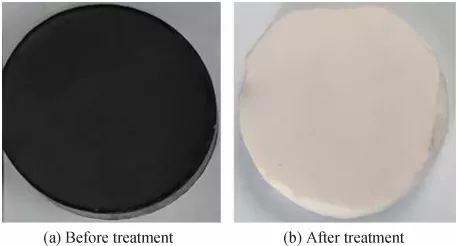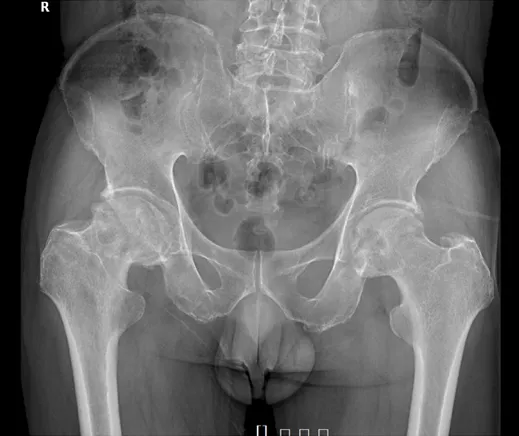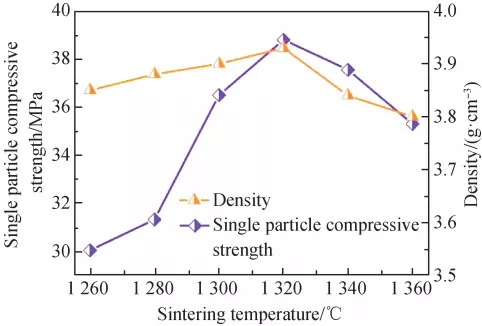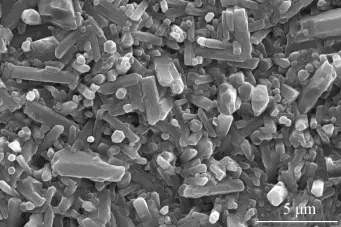Abstract: Defects, such as crystal vacancy and impurity oxygen, introduced during preparing processes of the ceramic seriously damage the thermal conductivity of silicon nitride. To explore the effect of defects on the material, various silicon nitride models with different defect states were designed and studied by molecular dynamics simulation method with considering the ratio, distribution, and position of defects, as well as the temperature. Simulation results show that the thermal conductivity of silicon nitride decreases with the increase of defects and the temperature. Typically, the thermal conductivity of silicon nitride decreases obviously in cases those defects are concentrated into a block that lies across the flux pathway in the material. The position of the defects present in the crystal lattice of silicon nitride also shows a significant effect on the thermal conductivity. Such variation of defect ratio and temperature on thermal conductivity is verified by calculating the phonon density of states of the silicon nitride models. The research results provide important guidance for the preparation of silicon nitride ceramics with high thermal conductivity.
Key words: high thermal conductivity silicon nitride, vacancy, impurity oxygen, temperature, phonon density of state, thermal conductivity, molecular dynamics simulation
Declaration: This article is provided by CERADIR™ users or obtained from Internet, the content does not represent the position of CERADIR™. We are not responsible for the authenticity/accuracy of the article, especially the effects of the products concerned. This article is for study only, it does not constitute any investment or application advice. For reprinting, please contact the original author. If it involves the copyright and/or other issues, please contact us and we will deal with it asap! CERADIR™ has the interpretation of this declaration.







